Dolmabahçe Palace, located in Istanbul’s Beşiktaş district, is a symbol of the Ottoman Empire’s final years and its attempts to modernize by embracing European influence. Serving as the main administrative center from 1856 to 1887 and 1909 to 1922, the palace is a blend of Western architectural styles and Ottoman grandeur, reflecting the empire’s shift toward modernization. Today, it stands as a museum and an iconic landmark in Turkish history.
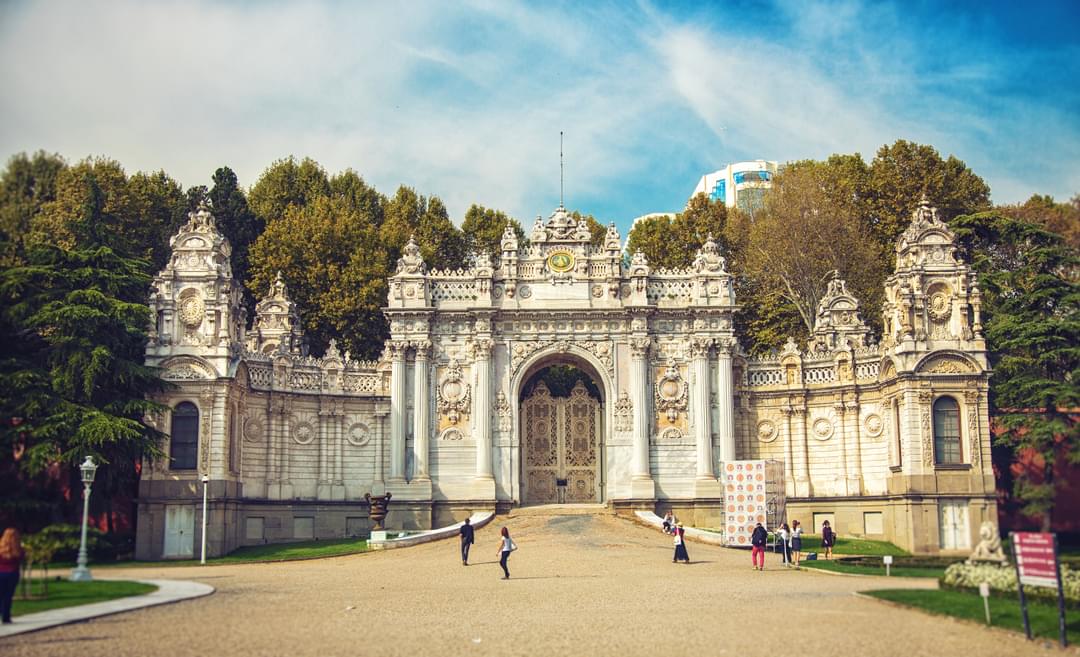
Historical Context: A New Era for the Ottoman Empire
Constructed during Sultan Abdülmecid I’s reign, Dolmabahçe Palace represents the Ottoman Empire’s efforts to adopt Western styles and assert itself as a modern imperial power. Unlike the earlier Topkapi Palace, Dolmabahçe was designed to reflect Baroque, Rococo, and Neoclassical elements, aligning the empire with the European courts. The palace’s completion in 1856 marked the beginning of a new era, signaling the shift toward a more modernized empire at a time when European powers were expanding their influence.
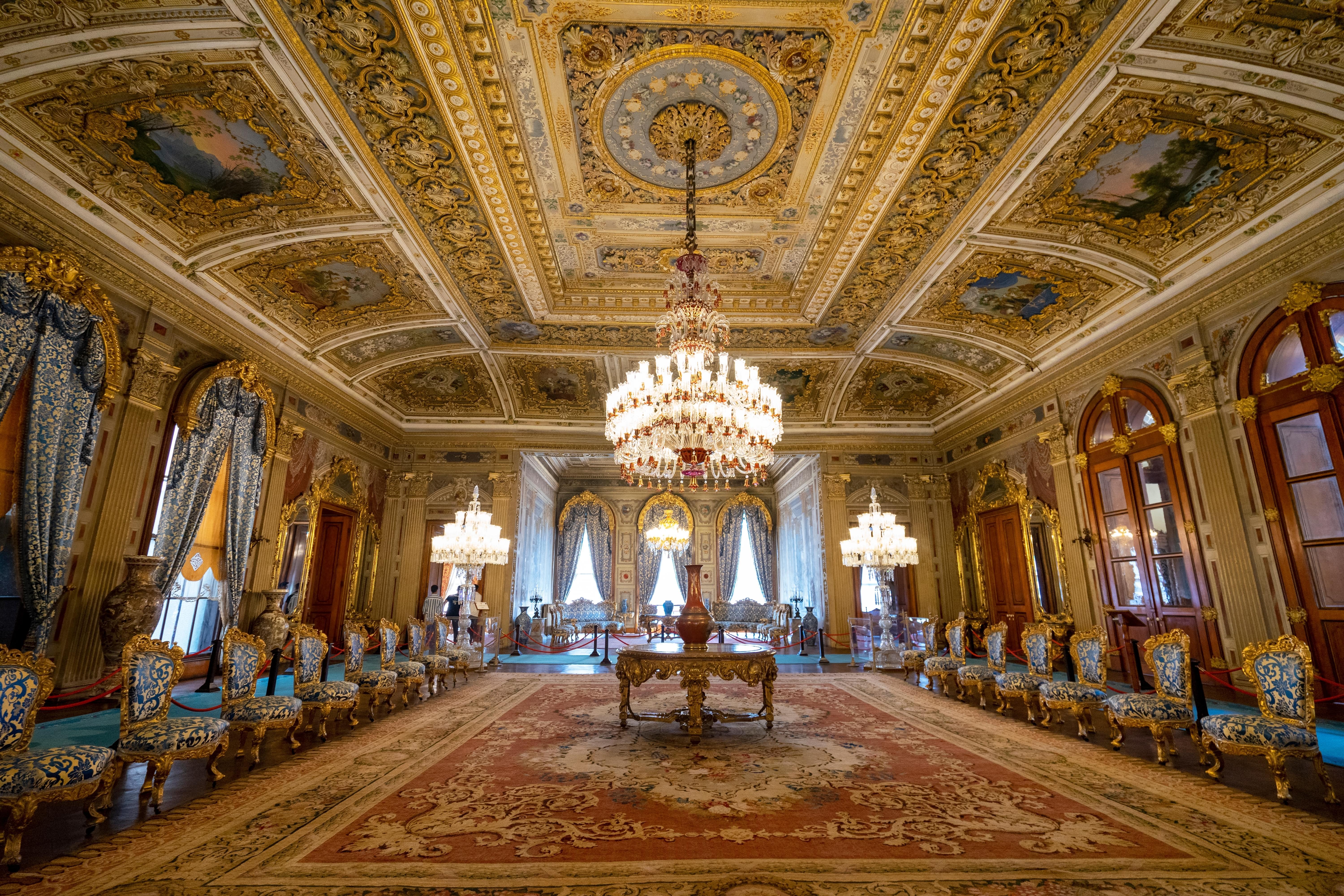
Architectural Significance: Fusion of East and West
Dolmabahçe Palace stands out due to its fusion of Western and Ottoman architectural elements. The building spans over 45,000 square meters and includes 285 rooms and 43 halls. Inside, the palace features exquisite European furnishings, gold-leafed decor, and Bohemian crystal chandeliers, merging Ottoman luxury with European refinement. Notably, the palace houses the world’s largest Bohemian crystal chandelier, which weighs over 4.5 tons, epitomizing the opulence that once defined the empire.
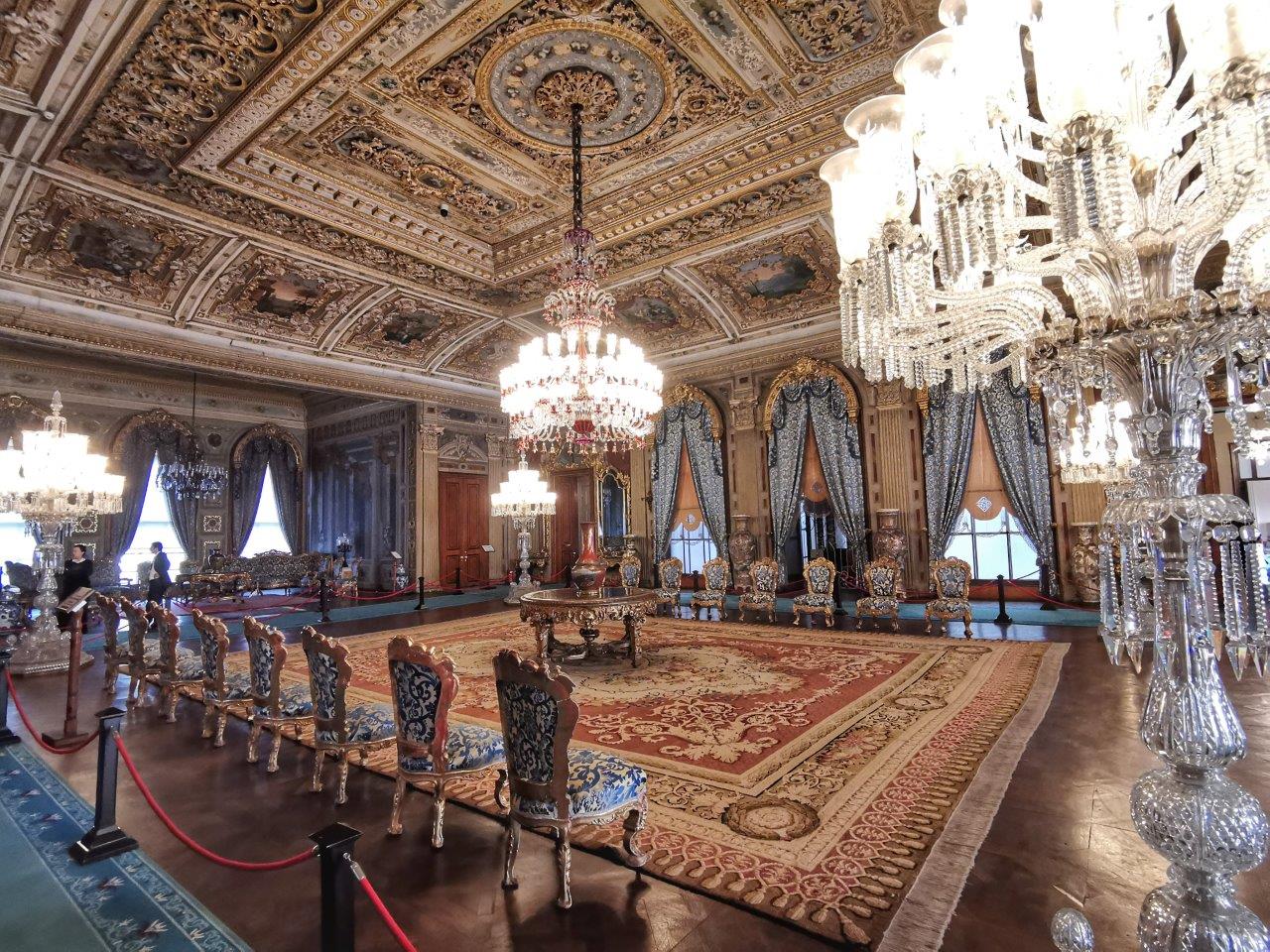
Political Role: A Hub of Imperial Power
As the seat of the Ottoman sultans, Dolmabahçe Palace became central to the empire’s political and administrative functions. It was the residence of Sultan Abdülhamid II and later other sultans. During its peak, the palace was not just a royal residence but the center of Ottoman governance during world-changing events, including World War I. The transition from Topkapi Palace to Dolmabahçe marked the empire’s shift towards modernity, with telegraphs, telephones, and electricity installed in the building.
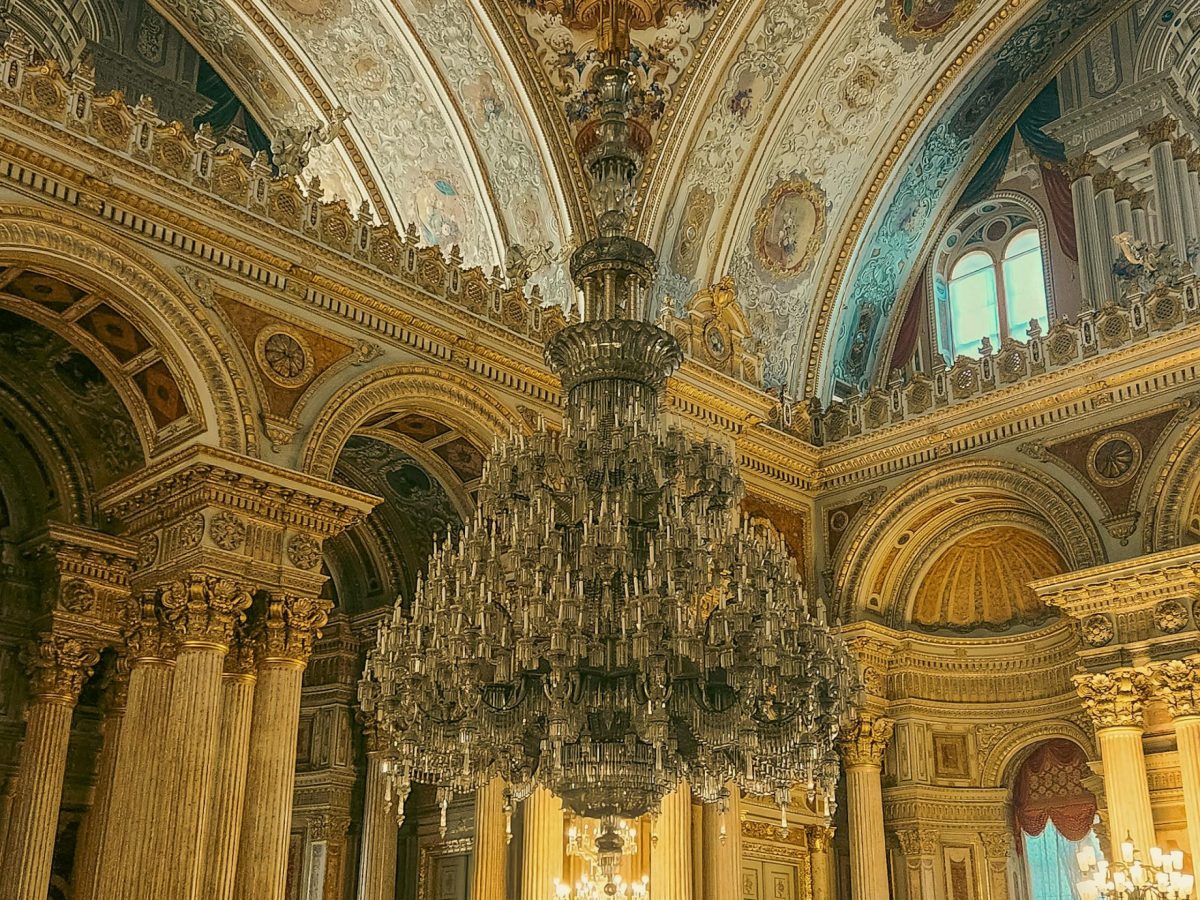
Atatürk and the End of an Empire
After the collapse of the Ottoman Empire, Mustafa Kemal Atatürk chose Dolmabahçe Palace as his official residence and place of death. It was in Room 71 of the palace where Atatürk passed away on November 10, 1938, making the palace a significant site in the foundation of the Republic of Turkey. Atatürk’s connection to Dolmabahçe highlights the palace’s importance not only in Ottoman history but also in the formation of modern Turkey.
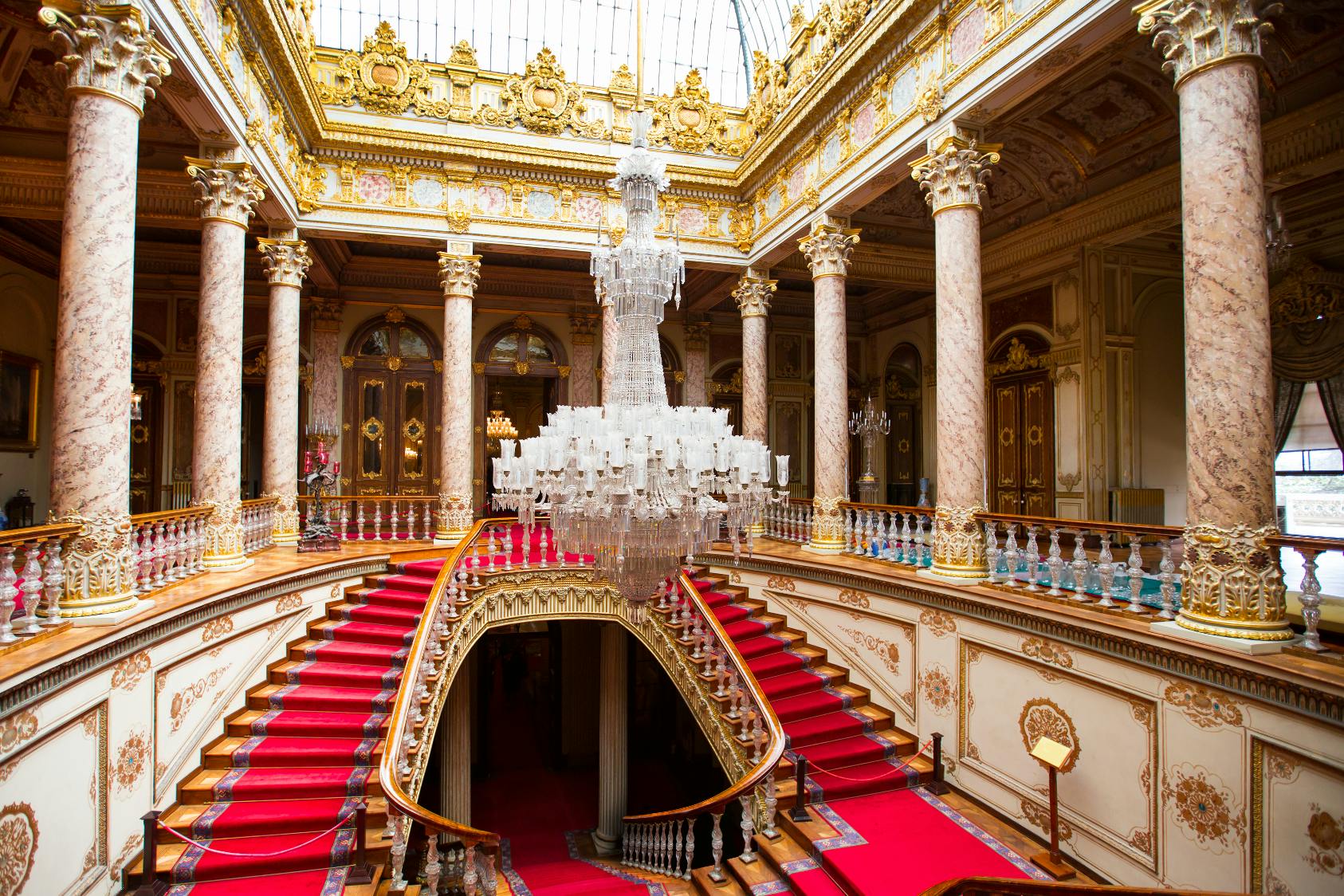
Dolmabahçe Today: A Museum of Ottoman Grandeur
Today, Dolmabahçe Palace serves as a museum, attracting millions of visitors who come to admire its rich history and architectural beauty. Visitors can explore the grand halls, royal rooms, and stunning gardens while learning about the palace’s significance in shaping the final years of the Ottoman Empire and the birth of the Turkish Republic.
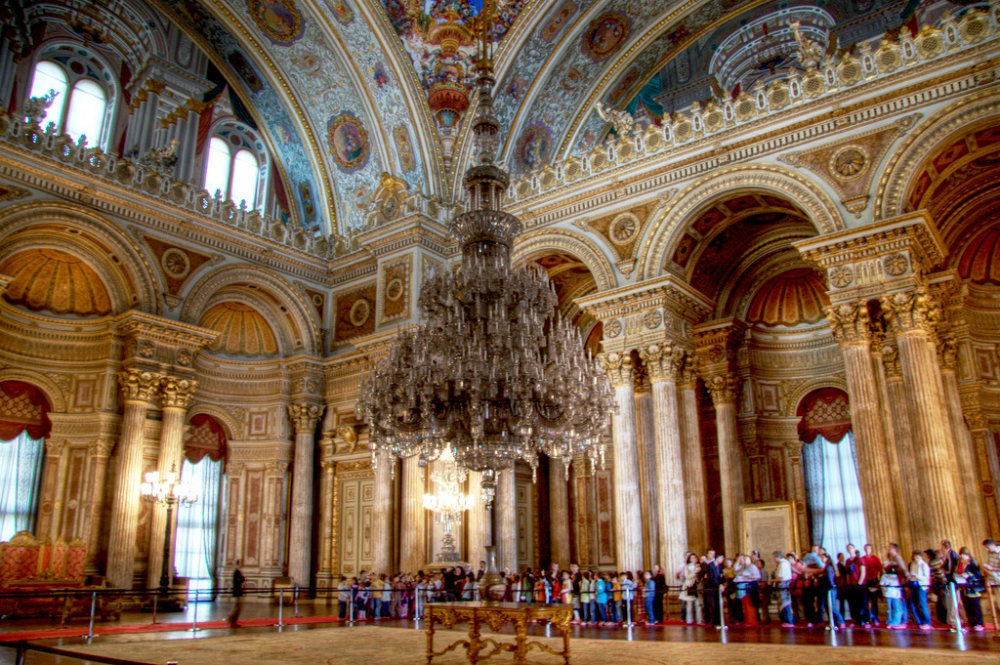
Conclusion: A Monument to Transition
Dolmabahçe Palace is more than just a historical building. It symbolizes the Ottoman Empire’s evolution from traditionalism to a more Westernized model and serves as a key site in the transition to modern Turkey. Its fusion of European and Ottoman influences, coupled with its role in both the Ottoman decline and the Republic of Turkey’s birth, makes it a vital piece of history for those interested in the region’s complex past. Today, Dolmabahçe stands as a monument to two eras, bridging the grandeur of an empire with the future of a new nation.

